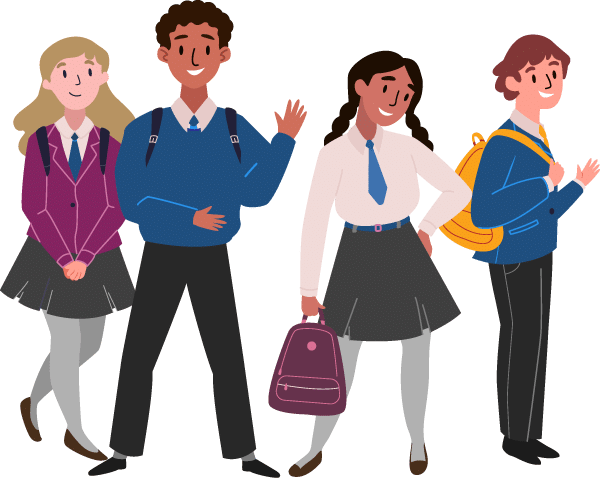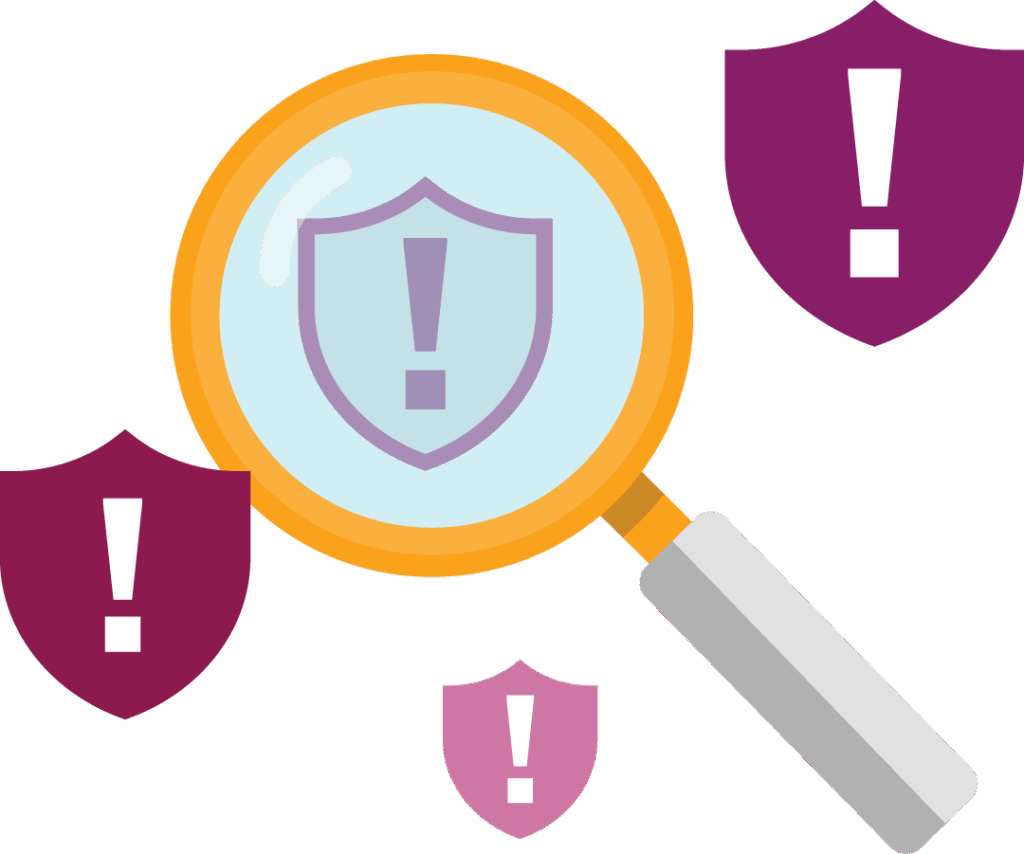Guest Author: Jon Trew
As a safeguarding trainer I am often asked to explain the legal structure that underpins safeguarding. To do this it is important to understand the relationship between a school’s safeguarding policy and its relationship to local and national guidance, and in turn how that guidance is related to national legislation. Beyond the relationships between guidance and legislation are international treaties and conventions which influence safeguarding policy at an international level.
In Middle Eastern countries like the UAE, and many more countries around the world, the UNCRC (The United Nations Convention on the Rights of the Child) is one of the most important treaties defining children’s rights in relation to safeguarding.
UN Convention on the Rights of the Child
The UNCRC is perhaps the most famous international treaty about children in the world. It was adopted by the UN General Assembly on 20 November 1989 and remains today as the most quickly and widely ratified human rights treaty in history. More countries have ratified the Convention than any other human rights treaty in history, including the UAE and several other countries in the Middle East.
The UNCRC is widely acclaimed as a landmark achievement for human rights, recognising the roles of children as social, economic, political, civil and cultural actors. The convention identifies the unique status of children as developing human beings. The aim of the Convention is to recognise the rights of children and set out how they should be protected and promoted in all areas of their lives.
Aligning International Safeguarding Policies with the UNCRC
The UNCRC has now been signed by 196 parties and sets minimum standards for protecting the rights of children. While protecting children is clearly a moral obligation, signatories of the convention underline this obligation by also making a legal commitment.
Article nineteen of the Convention states “that Governments should ensure that children are properly cared for, and protect them from violence, abuse and neglect by their parents, or anyone else who looks after them.” Schools based in the countries that have ratified the UNCRC must meet the obligations under the convention by safeguarding children and protecting them from abuse. Their safeguarding policies should reflect national legislation in alignment with the statutes of the UNCRC.
Safeguarding the Best Interests of Children
Many of the phrases we come across in safeguarding originate from the UNCRC. The phrase ‘best interest of the child’ is directly related to and is perhaps the most important principle contained in the Convention. Article three states: “In all actions concerning children, whether undertaken by public or private social welfare institutions, courts of law, administrative authorities or legislative bodies, the best interests of the child shall be a primary consideration.”
Rather than using the plural – the best interests of children – article three uses the singular, the best interest of the child.
This phrasing implies that children are individuals, and our safeguarding procedures must ensure that we treat each child as an individual. We should ask ourselves, are our safeguarding policies designed primarily to protect children? Is keeping children safe and promoting their welfare the chief concern of our policy? While safeguarding staff and the reputation of the school are important, children’s welfare must be our primary consideration. All safeguarding policies should be unequivocal about their objective of keeping children safe.
Protecting the Voice of the Child
Another important right contained in the Convention is that of participation. Article twelve of the UNCRC says “Children have the right to say what they think should happen, when adults are making decisions that affect them, and to have their opinions taken into account.” This prompts the question does your safeguarding policy include listening to and recording the voice of the child? Is there space for it on your forms, or does your recording system prompt users to ask and record the response?
While some children may not have the level of maturity and understanding, we should do our best to consult with them in an age-appropriate manner about decisions that have to be made when they are abused or neglected. With younger children it may be about observing their behaviour and interaction with key adults including parents and staff.
Defining Children’s Rights to Privacy and Access to Information
To make good decisions we all need access to information. Article thirteen of the convention commits signatories to giving children access to information. It says, “Children have the right to get and to share information as long as the information is not damaging to them or to others.” If professionals working with children decide not to disclose certain information to them, then we should record the reasons why we decided not to tell them.
It’s important to remember that just because some pieces of information may be sad or upsetting, that is not the same as being harmful. For instance, telling a child that someone has died may be upsetting for them, but loss and grief are part of life. However, in providing such information it may be appropriate to omit certain details which may be harmful and damaging.
Explicit in the Convention is that children have a right to privacy. Keeping safeguarding records about a child will most certainly include keeping personal and sometimes sensitive information about them. Therefore, any safeguarding records stored by the school should be secure and confidential. Article sixteen says “Children have a right to privacy and that the law should protect them from attacks against their way of life, their reputation, their families and their homes.” An effective safeguarding policy will clearly state how this information is stored, who should have access to that information, what measures are in place to keep it secure and under what circumstances it would be shared, and with whom.
How Safeguarding Software Can Support Schools in the Middle East
CPOMS is a proud partner of The Council of British International Schools (COBIS) and committed to supporting schools in the Middle East and around the world to uphold safeguarding standards in compliance with Ofsted or ISI.
CPOMS StudentSafe provides a secure and comprehensive platform to uphold safeguarding policies and support the wellbeing of children in accordance with the UNCRC. The platform is both easy to use and highly customisable, providing a wide range of reporting tools and functionality to monitor any and all categories of concern in relation to safeguarding.
To learn more about how CPOMS StudentSafe can support safeguarding in your setting, arrange a demo today.




